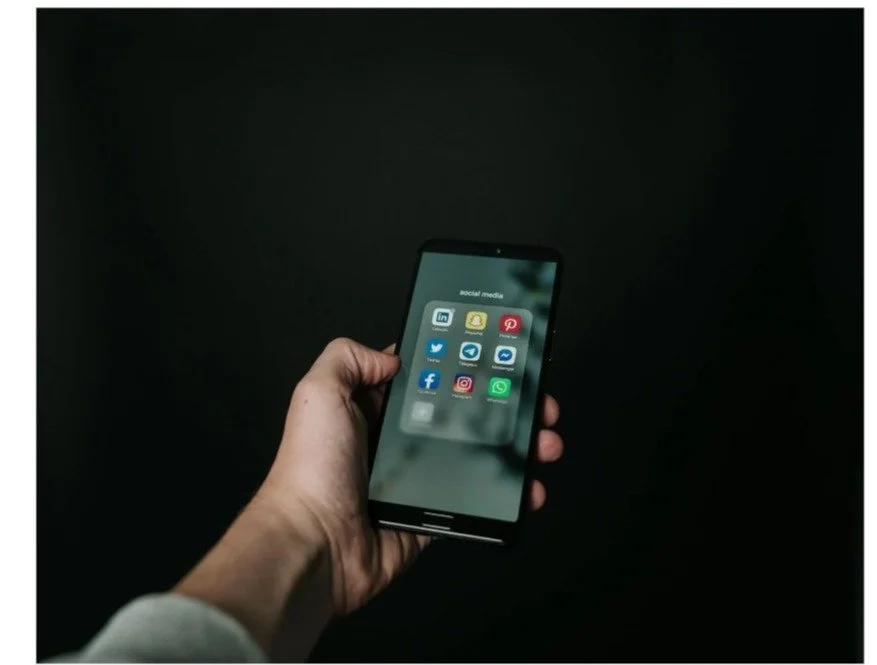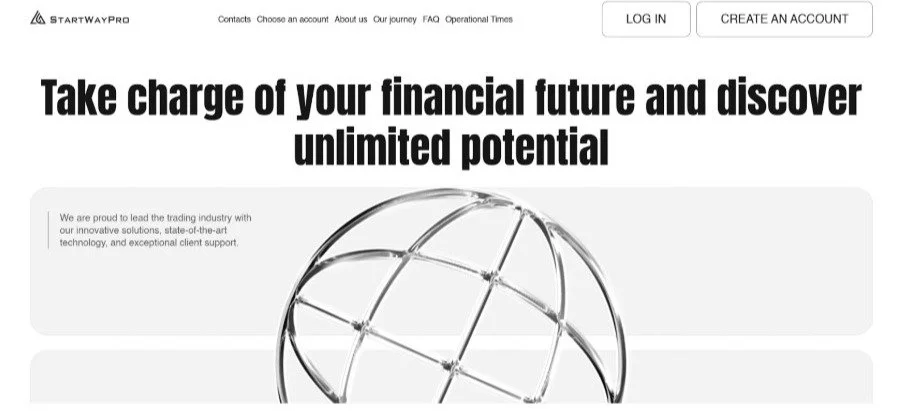What Should You Know About Wearing Heels While Traveling?
Travelling in high heels is a choice that demands practical consideration and style. The allure of high heels often lies in their ability to elevate height and fashion, but comfort and practicality are essential, especially during travel. Selecting the right pair that balances both style and comfort can transform travel experiences. Consider packing heels that are easy to put on and take off during airport security checks, or opt for models that take up minimal space in your luggage.
Choosing the right heels is crucial. Travellers can benefit from exploring women's most comfortable heels options that provide support without compromising on style. Prioritize designs with thoughtful construction to ensure comfort, stability, and reduced strain on feet. The perfect pair of heels will not only support your feet but also add a polished touch to travel attire.
For those who still wish to maintain a chic appearance without sacrificing comfort, consider footwear that provides balance and support. The right selection can allow for pain-free travel days, making it possible to effortlessly glide from airplanes to city streets. By exploring options that blend fashion with practicality, travellers can enjoy their journeys with confidence and ease.
Key Takeaways
Choose heels that balance style and comfort.
Explore supportive, thoughtfully designed heels.
Opt for easy-to-pack heels for convenience during travel.
Selecting the Right Heels for Travel
Selecting suitable heels for travelling involves balancing comfort with style, considering the heel height, and shoe structure. Additionally, it's important to know when to opt for alternative footwear, like flats, for certain scenarios or terrains. This ensures a practical approach for the demands of travel.
Considering Comfort and Style
When choosing heels for travel, it is crucial to consider both comfort and style. Comfort is paramount, especially when travelling involves walking long distances or standing for extended periods. Look for shoes with cushioned insoles and adequate arch support.
Style, meanwhile, should not be overlooked. Opt for versatile colours and designs that can easily pair with various outfits. To keep your shoes and other belongings safe while traveling, Nobl Travel offers a range of durable hard shell luggage designed for both protection and style. A well-chosen pair of shoes can enhance the travel experience while keeping you comfortable and fashionable.
Heel Height and Shoe Structure
Heel height significantly impacts both comfort and practicality while travelling. Mid-height heels, around 2 to 3 inches, often offer a balance between elegance and comfort. Higher heels can be appealing but may not be suitable for longer walks.
Shoe structure is equally important. A sturdy heel provides better support and stability on various terrains. A wider heel base can offer more balance and ease of walking, especially on uneven or cobbled surfaces such as those found in old European cities.
Alternatives to Heels: When to Choose Flats
Flats are a viable alternative to heels, offering comfort and practicality, especially in certain travel situations. Choose flats if your itinerary involves extensive walking or rugged terrain. Ballet flats or loafers can often provide the comfort needed while maintaining an element of style.
When packing, consider including a pair of comfortable flat shoes for flexibility. This allows for quick outfit adjustments when heels are not the best option. Flats can also serve as reliable backups if heels become uncomfortable during the trip.
Practical Tips for Wearing Heels on the Go
When travelling with heels, it's crucial to consider aspects like navigating through airport security, packing your heels efficiently, and transitioning between heels and flats. By planning ahead, travellers can maintain comfort and style throughout their journey.
Navigating Airport Security with Heeled Footwear
Airport security can be a daunting process, especially when wearing heels. To streamline this experience, choose heels that are easy to slip on and off, like sandals with adjustable straps. Utilize bins provided at security checkpoints to place your shoes for scanning. Wearing high heels without metal embellishments helps avoid triggering metal detectors.
For those who prefer stiletto heels, remember that these might slow down the security process. Instead, consider swapping them with comfortable flip flops in transit then changing into stylish heels after security.
Tips for Packing Heels Efficiently
Packing heels efficiently is essential to make the most of luggage space. Start by stuffing the toes with small items like socks or underwear to maintain shape and save space. Consider placing each shoe in a dust bag to protect other items in the suitcase.
Organize the shoes along the edges of the suitcase for optimal use of space. If travelling with bulky high heels, consider wearing them for the flight to conserve room in your luggage. For multiple pairs, prioritize versatile styles that complement various outfits.
Transitioning from Heels to Flats
Transitioning between heels and flats can provide comfort during travel. Bring along easy-to-collapse flip flops or small ballet flats. These can be worn during lengthy walks within airports or sightseeing tours.
Compact sandals with a supportive design are another great choice for transition. Ensure the footwear is comfortable for extended wear while also being easy to store when not needed. This flexibility allows for style without sacrificing comfort throughout the journey.
Conclusion
When choosing footwear for travelling, it's essential to consider comfort and practicality. High heels can make a fashion statement, but they might not be the best choice for long journeys.
In situations like airport travel, opting for more supportive footwear helps ensure ease and safety. Alternatives to heels often provide better support and reduce the risk of discomfort or injury.
Ultimately, personal preference and the nature of the trip should guide the decision on whether to wear heels while travelling.











